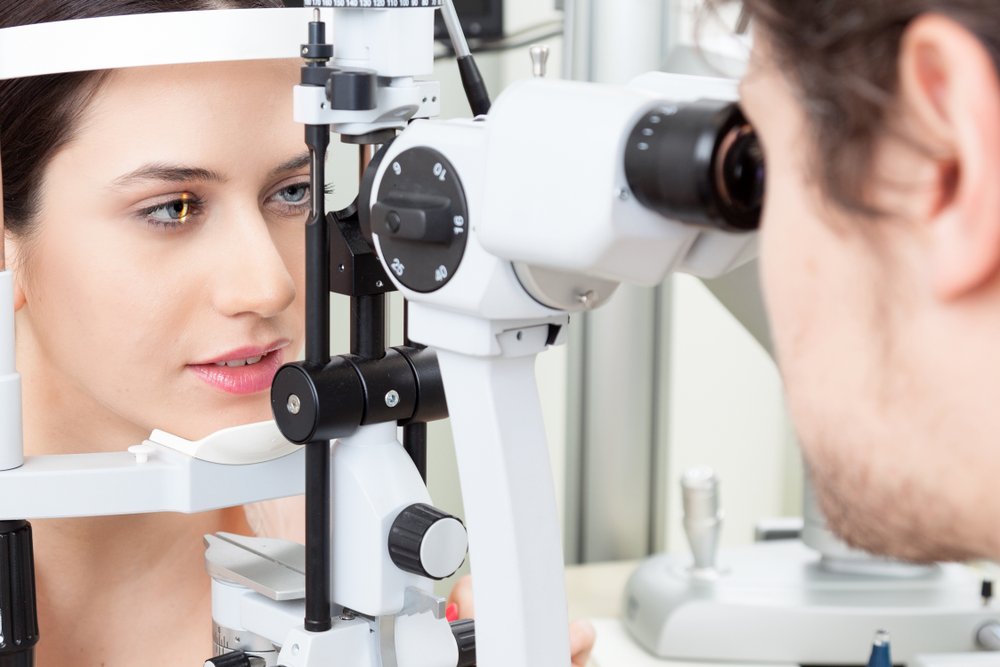
In the realm of vision correction, contact lenses offer a comfortable and aesthetically pleasing alternative to eyeglasses. The process of contact lens fitting is a meticulous task that demands accuracy and a comprehensive understanding of the ocular anatomy. The difference between a well-fitted and ill-fitted contact lens can greatly affect your visual experience, making the fitting process an integral part of your journey towards clear vision.
The Importance of Precise Eye Measurements
Precise eye measurements not only ensure that the lenses sit comfortably on your eyes, but also that they align perfectly with your cornea, the clear front surface of your eye. This alignment is crucial in ensuring that light entering your eye is correctly focused onto your retina, resulting in clear vision. A miscalculation in these measurements could lead to suboptimal vision correction and discomfort.
Additionally, the importance of precise eye measurements extends beyond immediate comfort and vision correction. Wearing poorly fitted lenses can lead to eye infections, corneal abrasions, and other serious eye conditions.
How Precise Eye Measurements Affect Contact Lens Fitting
In the context of contact lens fitting, precise eye measurements play a pivotal role. They dictate the size, curvature, and type of lenses that are best suited for your eyes. These measurements essentially serve as a blueprint for your lenses, ensuring that they fit like a second skin on your eyes.
The diameter and base curve of the contact lens are determined based on the measurements of your cornea. A lens with a smaller diameter or base curve than your cornea would squeeze your eyes, causing discomfort. Conversely, a lens that is too large or too flat would not adhere properly to your eyes, leading to blurred vision and increased risk of lens displacement.
Precise eye measurements also affect the type of lenses you can wear. For instance, if you have a high degree of astigmatism, your eye measurements would indicate the need for toric lenses, which are designed to correct this condition. Understanding the intricate relationship between these measurements and the contact lens fitting process underscores the importance of their accuracy.
How Professionals Conduct Precise Eye Measurements
The first step is the measurement of your corneal curvature, also known as keratometry. This is done using a device called a keratometer, which shines a light onto your cornea and calculates its curvature based on the reflection of the light. This measurement is crucial in determining the base curve of your contact lenses.
Next, the diameter of your cornea is measured using a process called corneal topography. This involves capturing a detailed map of your cornea using a special imaging device. This map is used to determine the size of your contact lenses.
Lastly, your eye health is assessed. This includes an examination of your tear film, eyelids, and the front surface of your eye. These assessments provide valuable information about your suitability for contact lenses and any potential issues that may affect the comfort and fit of your lenses.
Ensuring Clearer and Comfortable Vision
The importance of precise eye measurements in contact lens fitting is undeniable. They are the foundation of a well-fitted lens, ensuring optimal comfort, vision correction, and eye health.
To learn more on what a contact lens fitting entails or if you’re interested in getting contact lenses, visit Erin Mills Eye Clinic at our office in Mississauga, Ontario. Please call (647) 496-9500 to schedule an appointment today.







